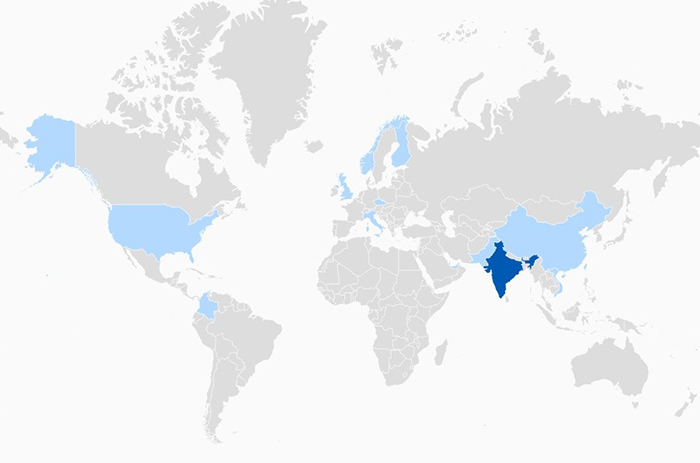Recent food fraud news includes the seizure of a million bags of fraudulently labeled and expired rice in Kenya, fraudulent spices found in a warehouse in India, and a U.S. grocery store chain sued for selling manuka honey that wasn’t 100% manuka. In Spain, tuna intended for canning was dyed and diverted to be sold as fresh and in China, 8,000 bottles of counterfeit wine were seized by the local food and drug administration. In Greece, 17 teenagers became ill after drinking alcoholic beverages containing methanol. Recently published journal articles on detection methods have looked at adulteration of honey with sugar syrups, meat adulteration with other species, authentication of products containing truffles, and Arabica coffee authenticity. One group of researchers evaluated a method to authenticate the botanical and geographic origin of hops.
Vanilla prices have been high, increasing the incentive to substitute natural vanilla extracts with similar flavors. A search of the Food Fraud Database shows a range of fraudulent adulterants associated with vanilla extract: Coumarin, ethyl maltol, ethyl vanillin, maltol, vanillic alcohol, and vanillin (natural or synthetic). Recently published authentication methods include GC-VUV and analysis of stable isotopes of carbon and hydrogen (with GC-IRMS).
In 2004 (another period of high vanilla prices), a company that sourced vanilla beans from Indonesia for use in manufacturing vanilla extract identified mercury contamination in two lots of beans they had received. Mercury was presumably added to increase the weight of the beans. The company quarantined all beans and products that had been manufactured from them. They also had to shut down flavor production to clean and decontaminate the processing equipment.
Due to their high value and physical form (they are often sold in ground or liquid extract form), herbs and spices have a long history of fraudulent adulteration. Many countries have publicly reported being affected by food fraud in herbs and spices over the past 10 years.

Mitigation measures for products at high risk for fraud include putting in place raw material specifications that include authenticity criteria, implementing analytical surveillance, establishing strong supplier relationships and audit programs, and increasing supply chain transparency.
Resource
- The Decernis Food Fraud Database is a continuously updated collection of food fraud records curated specifically to support vulnerability assessments. Information is gathered from the scientific literature, regulatory reports, media publications, judicial records, and trade associations from around the world and is searchable by ingredient, adulterant, country, and hazard classification.








